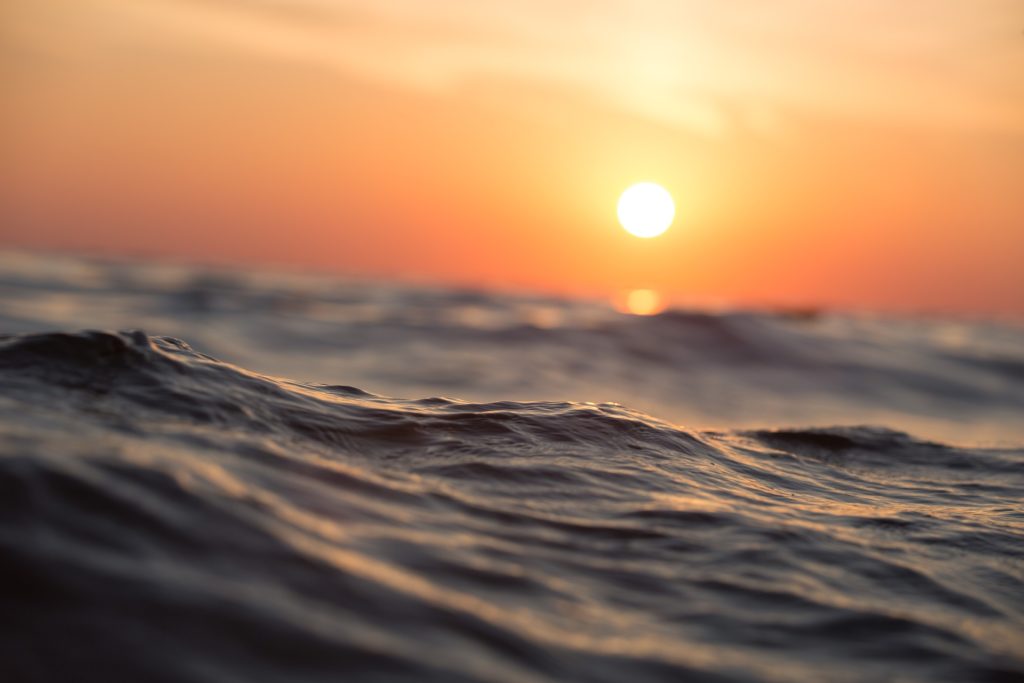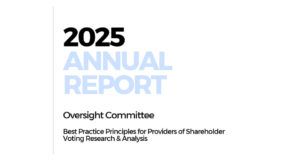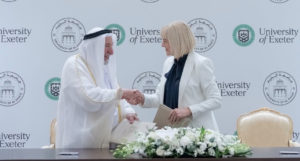Digital technology can play a key role in helping children learn about the importance of the ocean, study shows

Ocean Literacy is crucial for making informed and responsible climate-responsive decisions
Digital technology such as Extended Reality help to make the mysteries and importance of the ocean more accessible to children, a study shows.
Ocean Literacy is crucial for making informed and responsible climate-responsive decisions. However, the ocean can be difficult to access in a tangible way. Many children have never visited the ocean, and those who have can only realistically access the surface or the shore.
Digital technology can be a useful pedagogical tool. These can be as simple as using footage from documentary programmes through to immersive virtual reality experiences. Virtual reality offers a nearness of experience that is not possible in other ways.
Teachers can play a key role in helping pupils use these tools in a way which supports their learning, researchers found.
However using them in novel and interesting ways to promote ocean literacy is not always straightforward. The study says there is a need to convince teachers of the potential for digital technology for the subject.
Researchers found equipment such as Extended Reality (XR) helped make the inaccessible, accessible and enabled children to connect with the ocean differently.
Digital technology facilitated collaboration and dialogue, yet teachers raised concerns about their lack of real-time interaction with pupils using the digital tools.
The study is by Lindsay Hetherington and Kerry Chappell from the University of Exeter, Harald Brandt, from VIA University College Aarhus, Justin Dillon, from University College London, and María R. Malmierca from Galicia Supercomputing Centre, Santiago de Dompostela.
Data was collected via focus group interviews with 12 pupils aged between 8 and 15, observations of three taught sessions per project, photographs and screen shots of pupils’ activity and work, and interviews with six educators.
A literature review was carried out by researchers to identify examples of good practice in each country and gauge the extent of ocean literacy in each country’s curricula.
The research was part of the Ocean Connections project. In each country, a local network was established comprising school(s) teaching primary and secondary pupils, a higher education institution, and an aquarium.
Researchers developed a set of initial educative principles which guided the design of a unique collaborative VR environment editor and six learning sequences in which the VR tool was used alongside other digital technologies.
They found when the class were using AR tools together this enabled dialogue between pupils and teachers.
At times, the digital tools used in the learning were seamlessly integrated with the learning. This was particularly apparent where teachers were confident in their use, whereas at other times, the digital tools were very separate to the wider learning, which was more likely when the technologies were more novel to the teachers.
Professor Hetherington said: “We found some teachers had concerns about the impact of the digital technologies, and in particular the VR, on their role. They noted a lack of real-time interaction with their students as they used the digital tools, and a sense that each of the students were working in an isolated way.
“There is a need to convince teachers of the potential for these digital tools. This could be achieved by supporting teachers to think differently about how they use them as they interact with pupils.
“Pupils were very positive about working in this way, and it has potential for fostering their engagement with environmental issues.”



